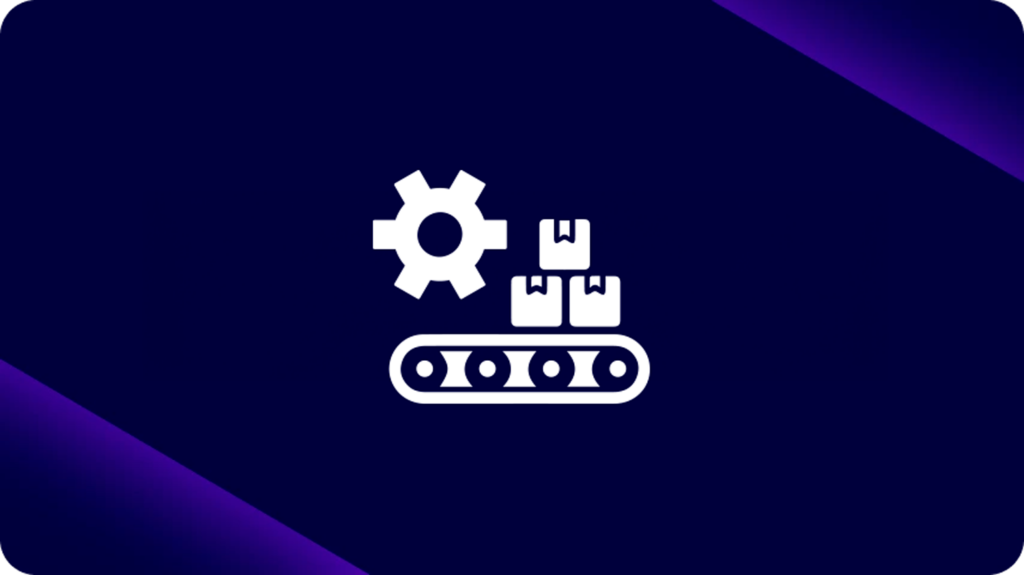setembro 29, 2022
Como líder empresarial, você é responsável pela saúde e sucesso da empresa. Responsável perante o conselho, investidores, clientes e colaboradores, você deve garantir que a organização responda com agilidade às mudanças do mercado.
No entanto, diante de infraestrutura legada, problemas de integração de sistemas e dados, recursos insuficientes e o ritmo frenético da inovação, conduzir os negócios com precisão e imediatismo nunca foi tão desafiador.
De acordo com as Gartner, as plataformas de integração empresarial como serviço (soluções iPaaS) estão ajudando as organizações a oferecer suporte a uma gama cada vez maior de casos de uso de negócios. Não apenas para integrar dados e aplicações, mas para conectar ecossistemas, APIs e eventos. Não sendo mais uma tecnologia iPaaS empresarial interessante, ela é um componente crítico na modernização da empresa.
Então, qual é a posição da sua organização na integração corporativa? Entramos em contato com mais de mil líderes e especialistas em tecnologia nos Estados Unidos para avaliar o progresso e a adoção geral. Embora quase todos concordem que a integração corporativa é importante, apenas uma fração dos entrevistados a alcançou. Aqui está o que aprendemos.
>> Agende uma demonstração personalizada com nossa equipe de especialistas e veja como o iPaaS da Digibee trará eficiência ao seu negócio.
Seus colegas estão arrastando os pés
Não há como negar que a integração empresarial é um empreendimento abrangente para qualquer organização. Muitos líderes empresariais se preocupam com o investimento de tempo, recursos e dinheiro necessários para financiar essas iniciativas. A justificação do investimento também é difícil dado o número de prioridades existentes (e urgentes) em um já backlog de TI excessivamente estendido.
O orçamento é classificado como a principal preocupação de implementação de iPaaS entre os líderes empresariais. Isto faz sentido dado que se estima que 41% dos CIOs consideram os processos de transformação de negócios, como integração e automação, como seu investimento de TI mais significativo.
Analisando o que preocupa seus colegas, a pesquisa revelou cinco principais preocupações:
- 36% Orçamento
- Segurança 31%
- 28% de complexidade e tempo
- 27% falta de habilidades
- 27% de sistemas legados
Estas preocupações são válidas, especialmente se o projeto pretende seguir um modelo de integração mais tradicional. Por exemplo, 50% dos líderes empresariais dependerão de recursos internos para realizar o trabalho. Essa decisão será facilmente suportada se a implementação envolver uma solução iPaaS que alivie o trabalho repetitivo e de menor valor das equipes internas.
No entanto, se sua estratégia depende de uma solução interna com codificação personalizada e outros requisitos demorados, sua equipe ficará rapidamente sobrecarregada. O projeto ficará fora de controle, ultrapassando o tempo e o orçamento.
Com tantas desvantagens em potencial, os líderes de negócios atingem um estado de paralisia de decisão, procrastinando e, por fim, retardando ou até mesmo bloqueando o avanço do roteiro digital da empresa.
A minoria, também conhecida como 7%
Não ficamos surpresos com o fato de a maioria dos líderes de negócios considerar a integração corporativa como prioridade máxima. Mas ficamos definitivamente surpresos com o fato de tão poucos: 7% terem implementado com sucesso.
Os 7% certamente não estão deixando a grama crescer sob seus pés. Esses líderes de negócios estão se mobilizando rapidamente em uma longa lista de iniciativas críticas de negócios que agora estão ao seu alcance. No topo da lista está a inteligência artificial (IA) e a ativação da automação.
Esses recursos oferecem um valor significativo para a empresa. Por exemplo, a IA suporta a entrega de dados em tempo real e análises preditivas para ajudar a informar importantes decisões de negócios. A automação desvia ações repetitivas e demoradas da força de trabalho, especialmente útil durante uma escassez global de habilidades, permitindo que os humanos se concentrem em atividades de maior valor.
Aqui estão as principais iniciativas que os 7% realizarão com uma estratégia de integração empresarial habilitada:
- 31% de ativação de IA e automação
- 28% Melhoram a segurança dos dados
- 28% Melhoram a segurança, confiabilidade e governança
- 28% Reduzir custos operacionais
- Tempo de lançamento no mercado 27% mais rápido
- Análise de negócios e tomada de decisão 24% melhores
- 23% Migração ou atualização para a nuvem, transformação digital
- 21% Upgrade da infraestrutura legada
A maioria, também conhecida como 93%
93% dizem que a integração empresarial é vital para seus negócios ou é bom ter
Aqueles que ainda ponderam sobre os próximos passos, os 93%, lidam com os mesmos desafios que sempre enfrentaram, incluindo problemas de sistema e integração de dados.
Por exemplo, muitas empresas sem uma estratégia ativa de integração empresarial devem reconstruir continuamente as integrações existentes para manter o negócio funcionando. Com base nos líderes empresariais que entrevistamos, 98% precisam reconstruir essas conexões diversas vezes ao longo de um ano. Como essas integrações são necessárias para os principais aplicativos de negócios existentes, o trabalho deve continuar. E assim por diante.
De acordo com 93%, integrações ruins têm um impacto duradouro na empresa:
- 48% Inovação impedida
- 48% Práticas ineficazes
- 40% Falta de agilidade
- 37% Recursos desperdiçados
Com esses déficits, o potencial de crescimento do negócio (no curto e no longo prazo) fica bastante limitado.
Principais conclusões para sua estratégia iPaaS
As informações que coletamos na pesquisa revelaram algumas conclusões importantes, incluindo como você pode implementar uma estratégia de integração empresarial econômica e bem-sucedida.
Com a tecnologia iPaaS, as organizações aproveitam facilmente os recursos internos para concluir o projeto dentro do que muitos considerariam um cronograma agressivo. Ao capacitar sua equipe com ferramentas e tecnologia contemporâneas, a curva de adoção entre a seleção de fornecedores e a produção diminui para dias ou até semanas, em vez de meses.
Junte-se aos 7%! Com uma plataforma iPaaS, sua empresa se beneficiará de alguns ganhos impressionantes:
- Entrada acelerada em novos mercados e geografias
- Resposta rápida e ágil às mudanças do mercado
- Tempo de inatividade reduzido
- Integração simplificada de novas tecnologias, aquisições e outros facilitadores de negócios
Resuma tudo isso com dados atualizados e precisos em tempo real de toda a empresa e é difícil entender por que algumas organizações estão dispostas a permanecer nos 93%.
Leia todo o Digibee Relatório – 2022 State of Enterprise Integration para a história completa.
Descubra os principais tópicos adicionais, bem como as perguntas que você deve responder antes de selecionar sua plataforma de integração.









